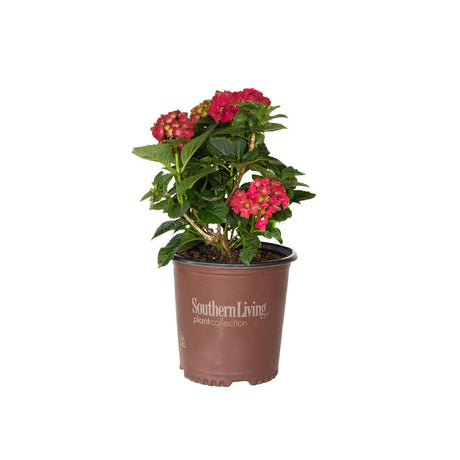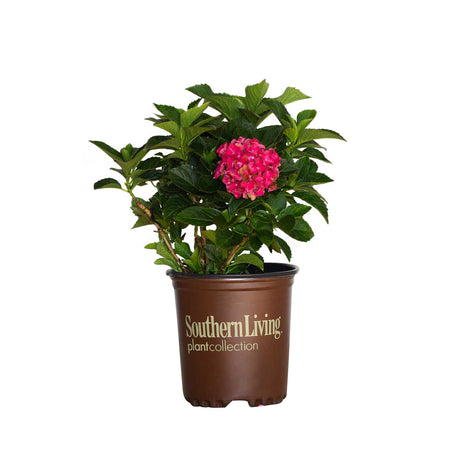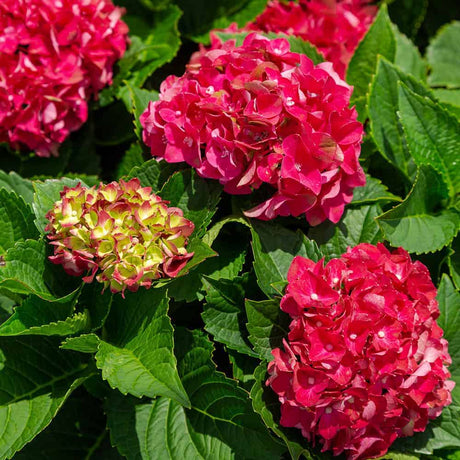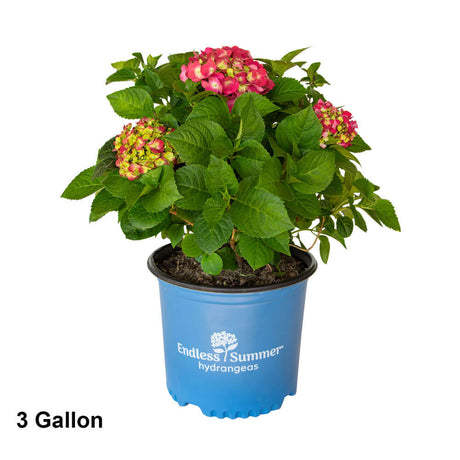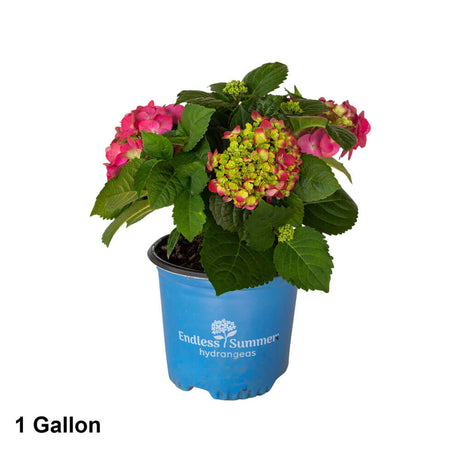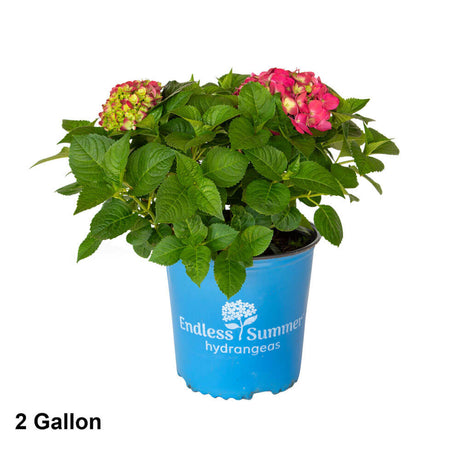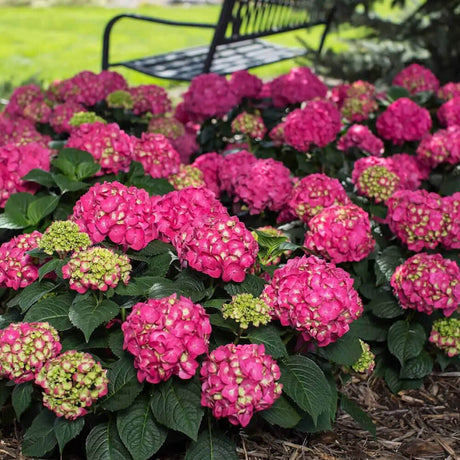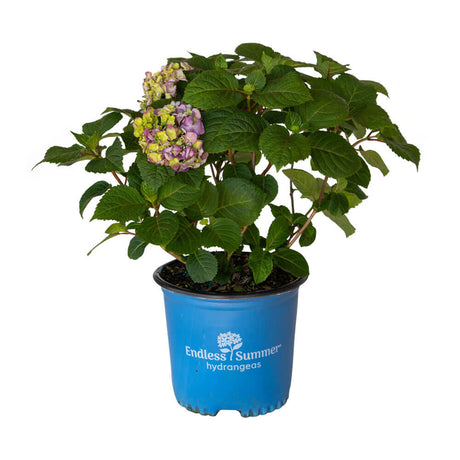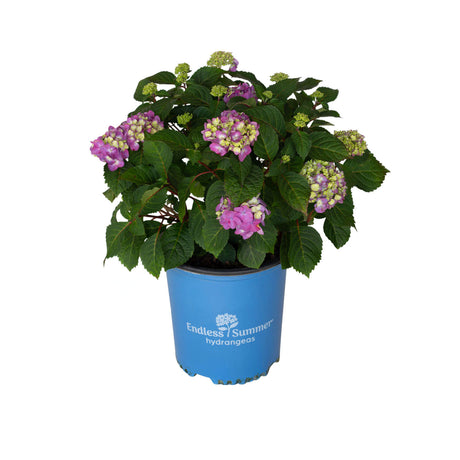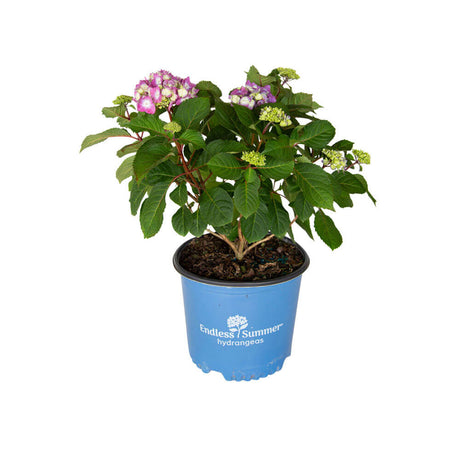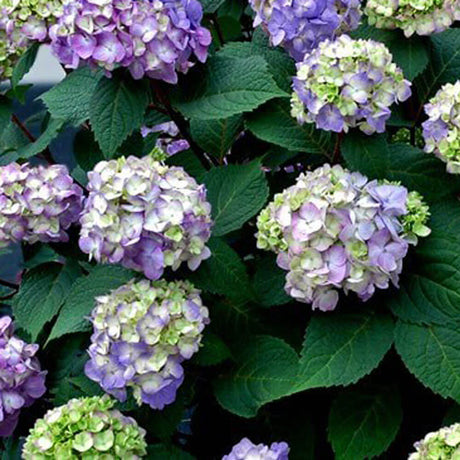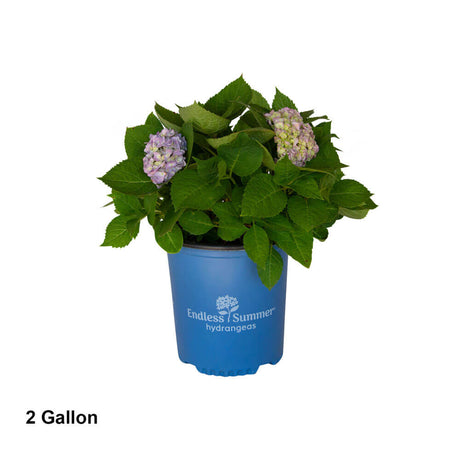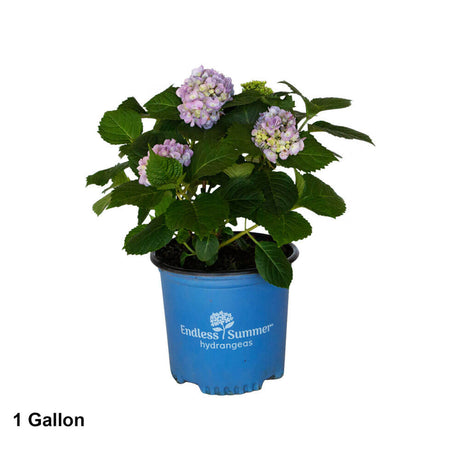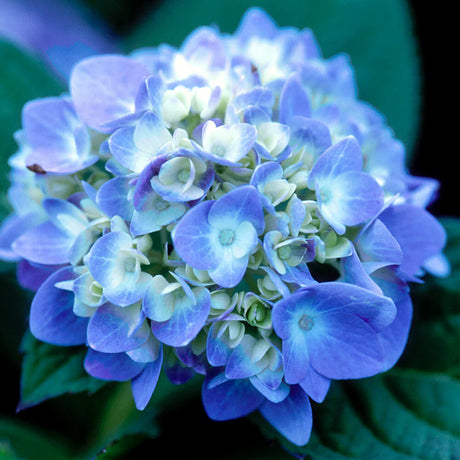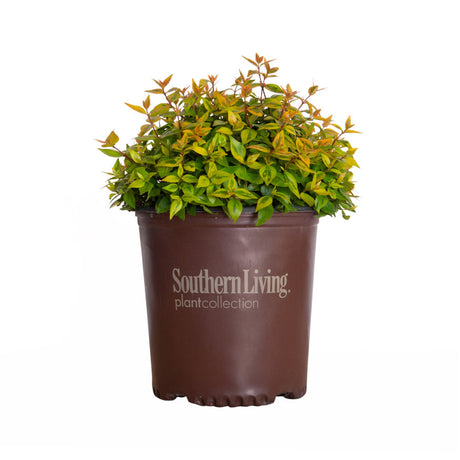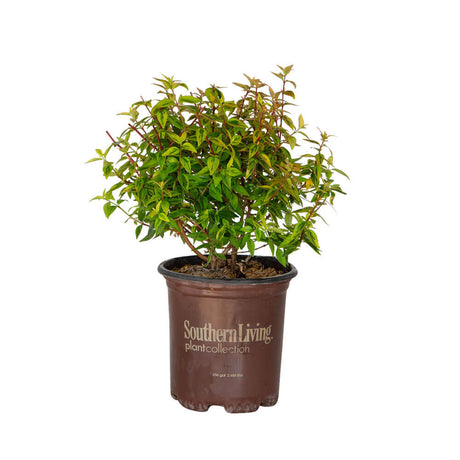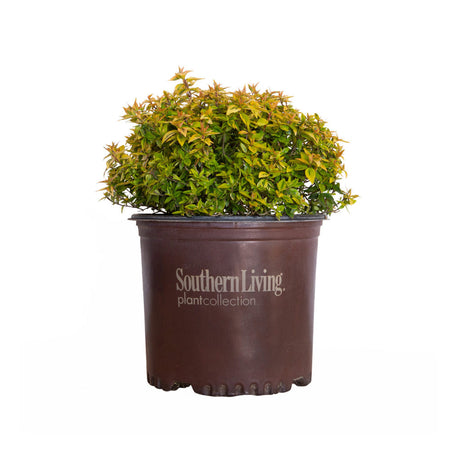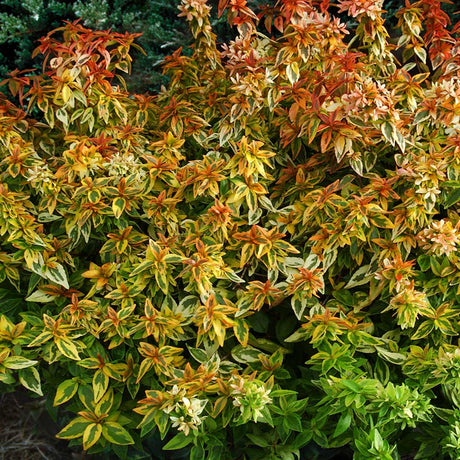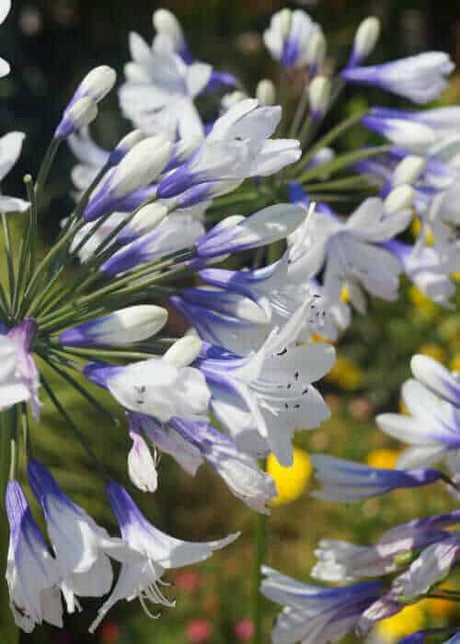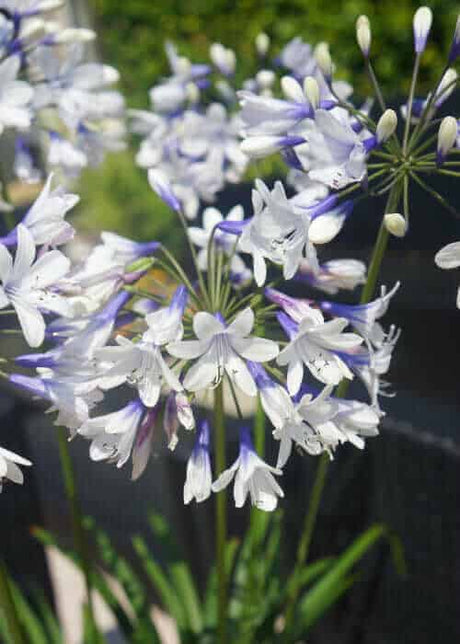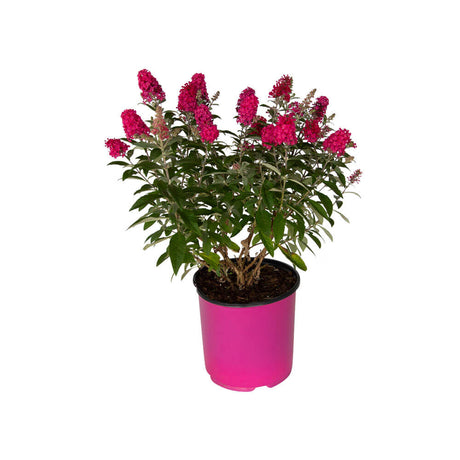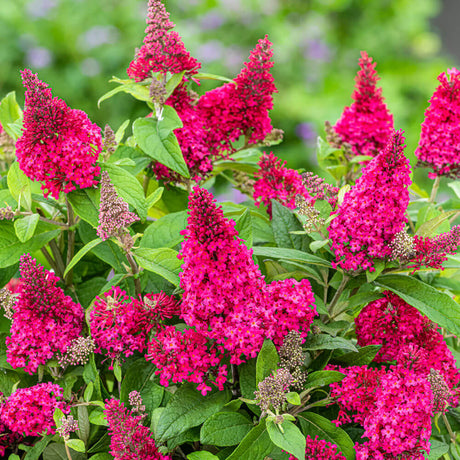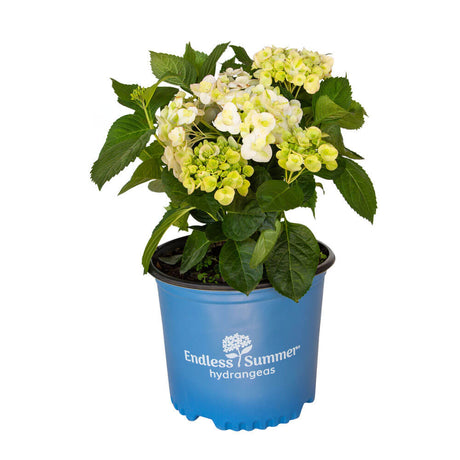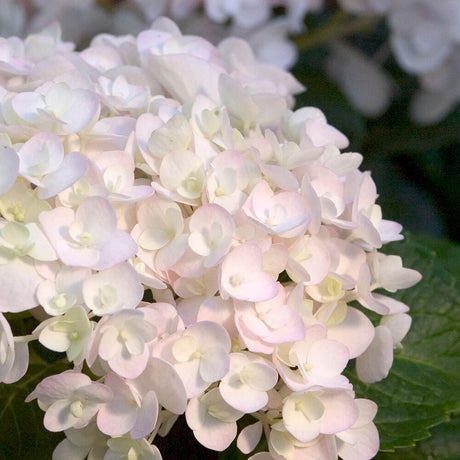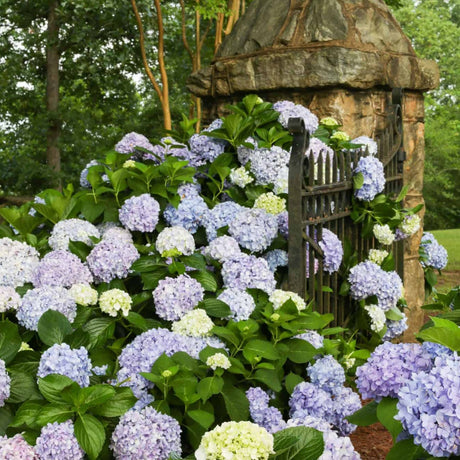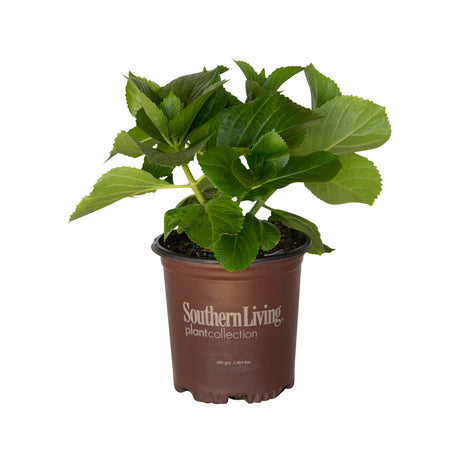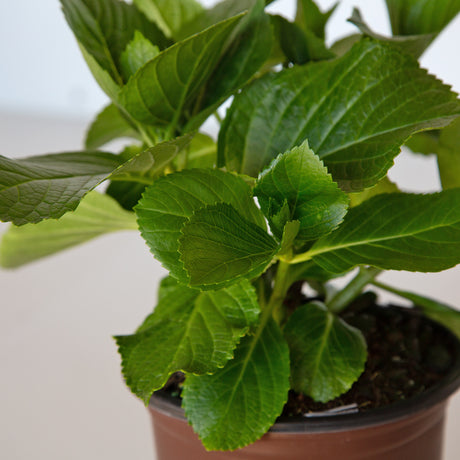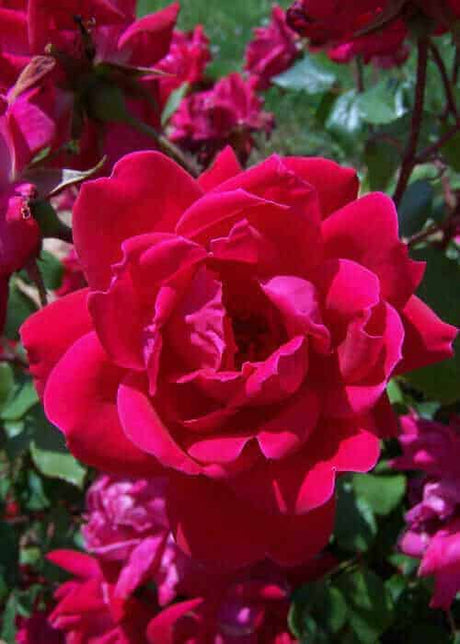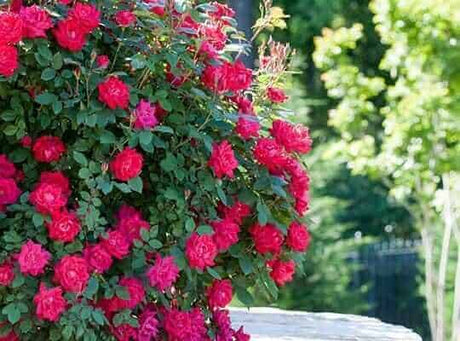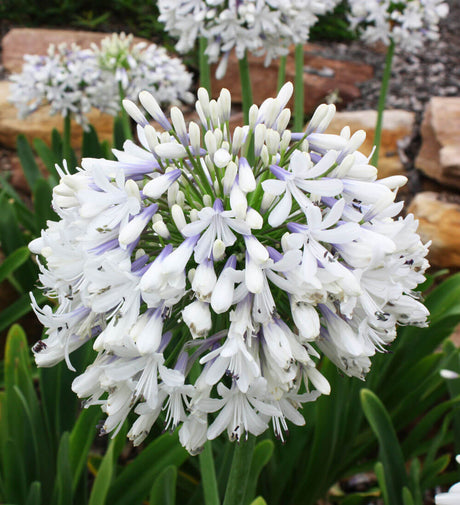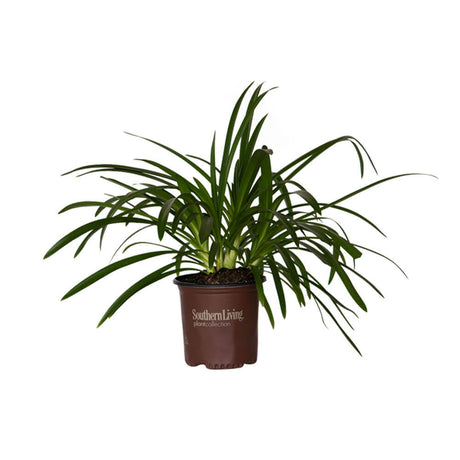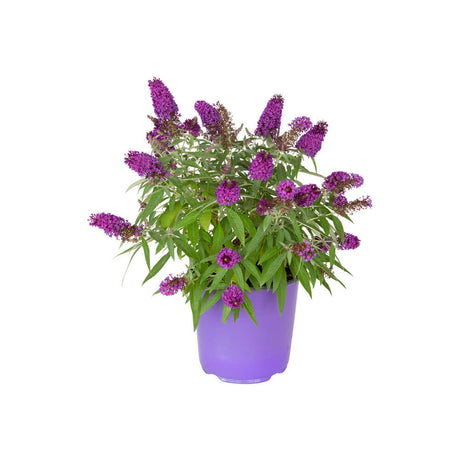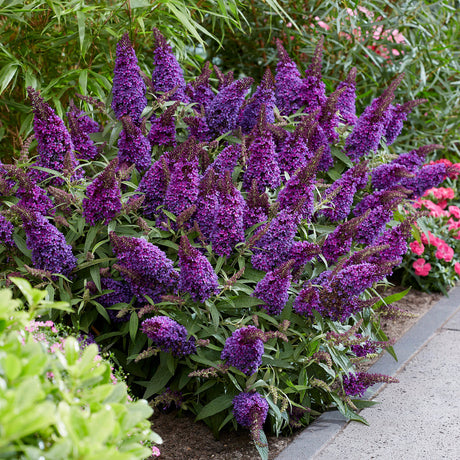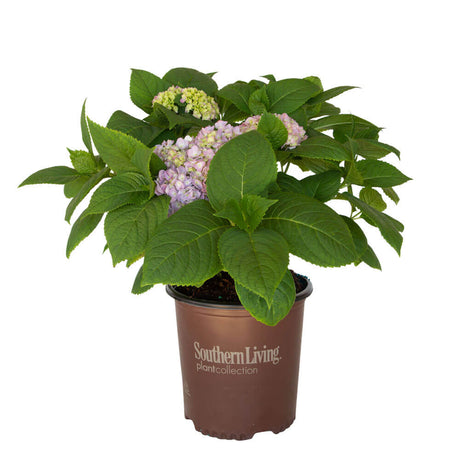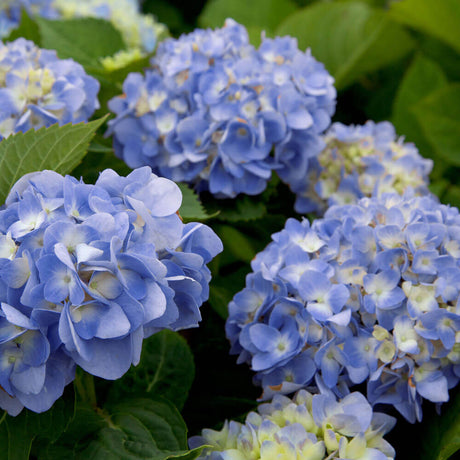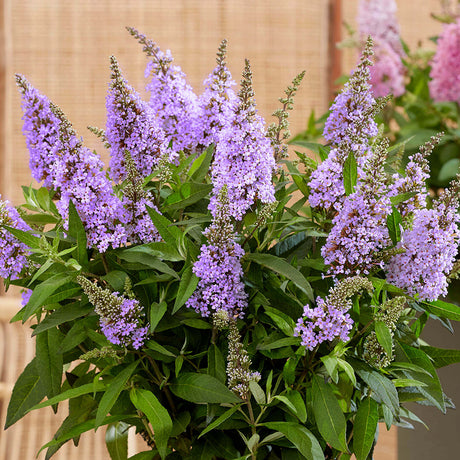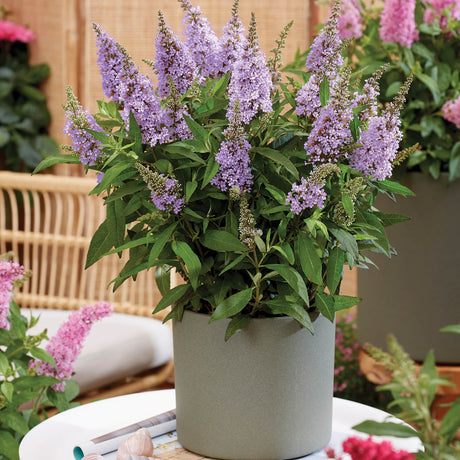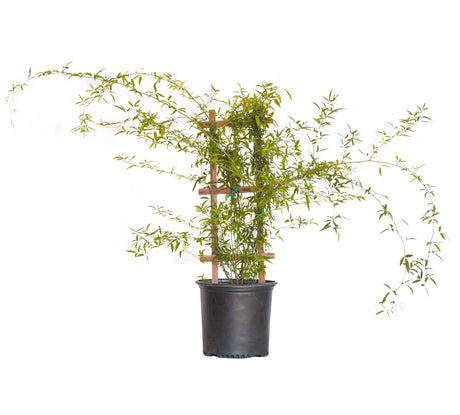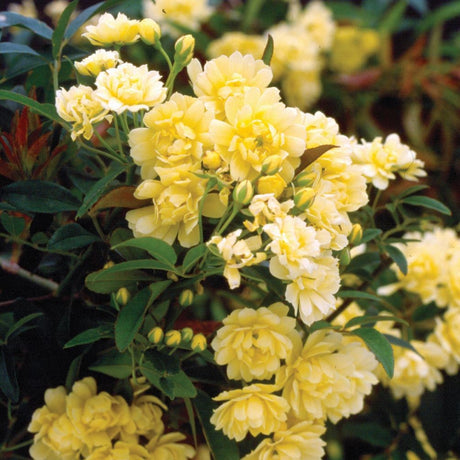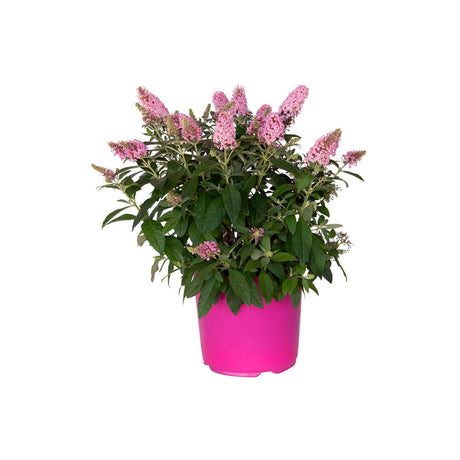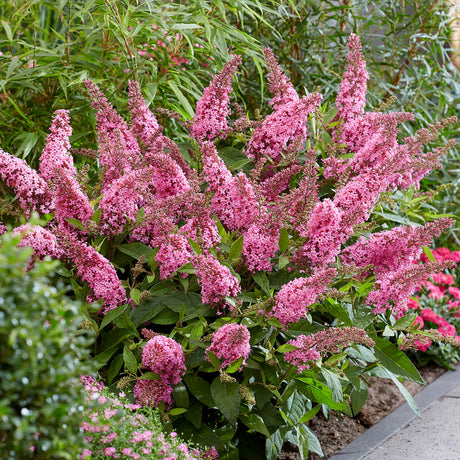Southern Living Plant Collection
(34)From $20.99Unit price /UnavailableIn stock (920)Endless Summer Hydrangea
Summer Crush Hydrangea | Endless Summer
(34)From $21.99Unit price /UnavailableIn stock (678)Endless Summer Hydrangea
BloomStruck Hydrangea | Endless Summer
(25)From $21.99Unit price /UnavailableIn stock (940)Endless Summer Hydrangea
The Original Hydrangea | Endless Summer
(14)From $21.99Unit price /UnavailableIn stock (781)Southern Living Plant Collection
(24)From $21.99Unit price /UnavailableIn stock (202)Southern Living Plant Collection
(10)From $19.99Unit price /UnavailableIn stock (262)Butterfly Candy Butterfly Bush
(7)From $21.99Unit price /UnavailableIn stock (190)Endless Summer Hydrangea
Blushing Bride Hydrangea | Endless Summer
(11)From $21.99Unit price /UnavailableIn stock (120)Southern Living Plant Collection
(14)From $20.99Unit price /UnavailableIn stock (960)Southern Living Plant Collection
(12)From $19.99Unit price /UnavailableIn stock (462)Butterfly Candy Butterfly Bush
(4)From $21.99Unit price /UnavailableIn stock (715)Southern Living Plant Collection
(7)$36.99Unit price /UnavailableIn stock (145)Butterfly Candy Butterfly Bush
(3)From $21.99Unit price /UnavailableIn stock (671)Butterfly Candy Butterfly Bush
(2)From $21.99Unit price /UnavailableIn stock (470)
- Provide seasonal interest: Deciduous plants provide seasonal interest by changing colors and dropping leaves throughout the year. In the spring, many deciduous plants produce beautiful flowers, while in the fall, their leaves turn vibrant shades of red, orange, and yellow, providing a beautiful display of color in your garden.
- Add texture: Deciduous plants come in a wide range of textures, from smooth to rough, glossy to matte, and can be used to add depth and interest to your garden. For example, the textured bark of a birch tree can be used to create a stunning focal point in a garden.
- Create natural barriers: Deciduous trees and shrubs can be used to create natural barriers, providing privacy and screening for your garden. For example, a row of deciduous trees can be used to block the view of a neighboring property or busy street.
- Provide habitat for wildlife: Deciduous plants are an important source of food and habitat for wildlife. For example, many birds rely on the berries and fruits produced by deciduous shrubs for food, while the leaves and branches provide shelter for a variety of wildlife.
- Enhance outdoor living spaces: Deciduous plants can be used to enhance outdoor living spaces, such as patios, decks, and outdoor kitchens. For example, a deciduous tree can provide shade during the summer months, making your outdoor living space more comfortable and enjoyable.
- Unpackage on arrival and water
- Your plant will be ready to be planted in the landscape or in a container on arrival, or if you wish you can keep your new plant in its container until spring that is ok too
- If planting in the landscape consider using a root stimulating fertilizer to get your plant working hard establishing its root system during the winter months
- Dormant plants do require some watering: once a week should be sufficient
- When Spring arrives and your plant begins showing signs of new growth increase your watering schedule to 2 times every 7 to ten days until established, then water as needed. Apply a slow-release granular fertilizer to give your plant a great start

